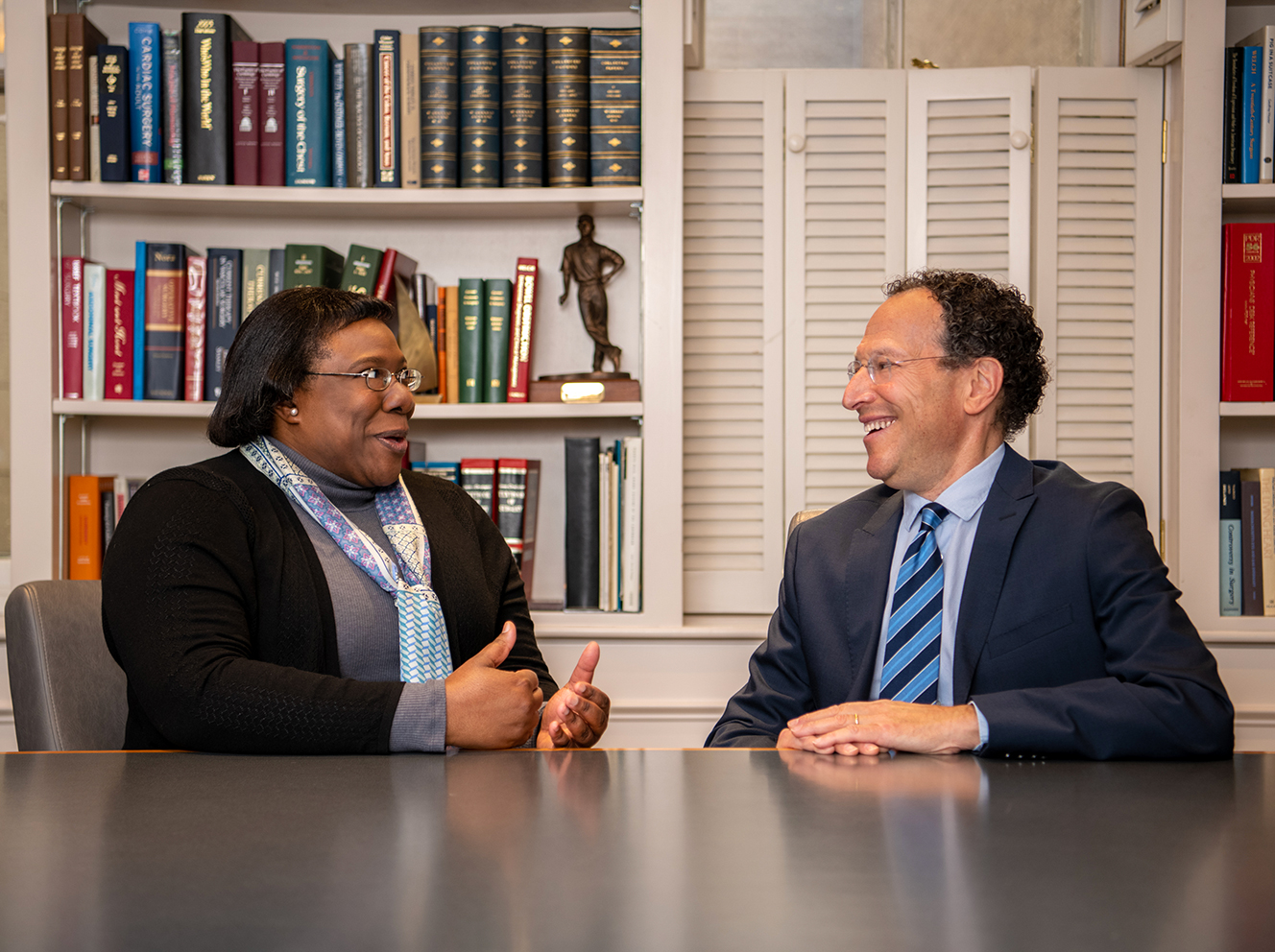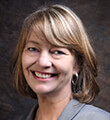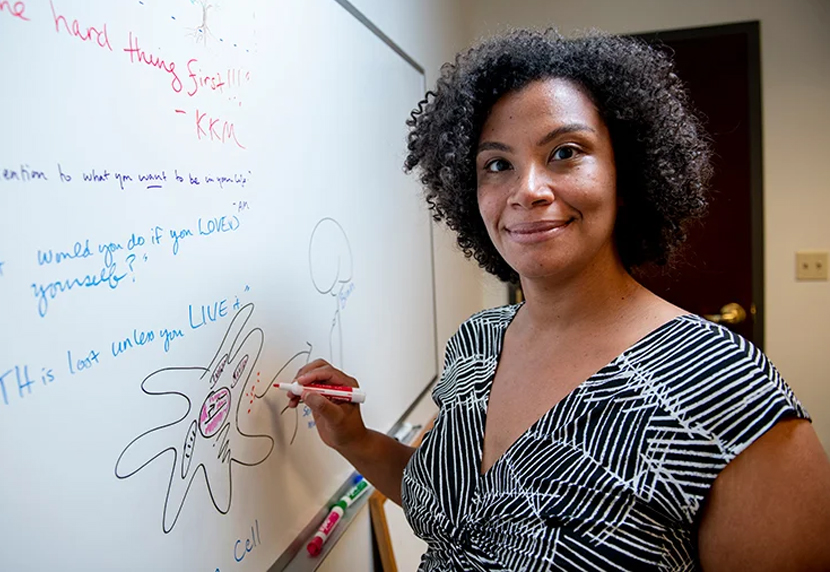Americans are living longer, and most of us want to age in place, at home, as long as we can. Unfortunately, our health care systems are not designed to accommodate this wish. That’s why two pioneering Massachusetts General Hospital psychiatrists and experts in older adult health, Olivia Okereke, MD, MS, Terry and Jean de Gunzburg MGH Research Scholar 2021-2026, and Anthony Weiner, MD, are leading Care for America’s Aging, a four-year project exploring a new way to provide high-quality, preventive care at home — while lowering costs, improving patient outcomes and quality of life and accelerating the career trajectories of home health professionals. We sat down with Drs. Okereke and Weiner for a conversation about how this critical work will benefit the 46 million Americans aged 65 years or older — and the 18 million people who will turn 65 by the year 2030.
What is Care for America’s Aging trying to achieve?
Dr. Weiner: I’ve been a physician for 32 years, focused primarily on care for older adults and their families. Three years ago, I started thinking about what care for an aging population across this country will look like in the decades ahead. And it’s clear that it will be at home. So, the question is: how do we make that work?
Dr. Okereke: Care for America’s Aging is a study where we take a small intervention, test it out, and see how its application benefits people. In this case, our goal is to help a group of older adults living at home with cognitive impairments or dementia — a group that we know faces limitations to their ability to stay at home.
How is Care for America’s Aging designed?
Dr. Okereke: We have two groups of people: first, older adults with cognitive impairment and their familial care partners; and second, home health aides, who we train in a new way to be optimally suited to help those older adults and care partners. Optimizing the interaction between these two groups will enable older adults to remain in their homes for as long as possible.
Dr. Weiner: The project is based on elevating and supporting the role of home health aides, making this work more appealing, to attract and retain people in the workforce. We will provide additional training, technology-enabled tools and transportation solutions for homecare workers, and we will grow partnerships with local educational institutions to offer career advancement or increased earning potential for those who wish to further develop their professional skills.
What does this model look like in the real world?
Dr. Weiner: I think of the example of my 94-year-old patient who was facing enormous challenges to living independently, including falling, not taking her medication accurately and having the enormous burden of her care falling on her adult daughter, who also cares for her own children. A well-trained, well-supported home health aide joined the patient’s care team, and things improved dramatically. She is now taking her medicine accurately, hasn’t fallen and is flourishing at home. And for her family, the relief of that caregiving strain has been tremendous.
What are the challenges to making this the standard of care?
Dr. Okereke: This is not an ivory tower approach or a magic pill; instead, this intervention is about training people. The homecare workforce has historically had a fair amount of turnover and difficulty with long-term retention. This plan is an example of a nudge intervention, a term that we use in research to describe a small, targeted step or innovation that helps move things toward a big improvement in quality and efficacy.
We also believe that investing in the project will have a long-term payout in terms of cost savings. When individuals leave home for an institutional setting, there are dramatic costs involved, placing tremendous strain on patients and families. There are also costs to the health care system when things like falls and emergency room visits occur. With this study, we can measure whether this extra bit of training and support for home health aides will make a difference in key patient outcomes, support retention of home health aides in the homecare field and hopefully translate to cost savings.
Dr. Weiner: And the money saved can be put back into the system to make this a financially sustainable, replicable and scalable model.
What innovations are part of the plan?
Dr. Weiner: Home health aides are paid low wages to do demanding work at multiple sites in a day or week, and they face an industry standard expectation of providing their own transportation, often to far-flung patient homes. We are forming partnerships with companies like Uber Health to rethink that. Technology is also part of the plan. We look to grow our nascent partnership with MGB Home Hospital to help adapt their already successful model of care to provide home health aides with access to secure software to transmit vital information from the home to medical teams at the hospitals, who can then relay information back. This communication loop can support optimal care for the patient while avoiding unnecessary trips to the hospital or other suboptimal outcomes. We are also planning to test a model where home health aides are compensated to report such data.
Dr. Okereke: We’ve also partnered with experts in workforce development and use a community-engaged study design, engaging with local colleges and other institutions. Being at Mass General gives us a national voice and there are so many extraordinarily smart and caring colleagues who collaborate in deep and meaningful ways.
What do you need to prove this is exactly the model our elder care system needs?
Dr. Weiner: Care for America’s Aging is fully funded by philanthropy, and sustained financial support is essential to our ability to realize our vision and create this innovative model.
Dr. Okereke: This is the perfect example of a philanthropic opportunity with high intrinsic value; something that would do as much good for as many as possible and that has a sustainable, sustained payoff; a real long-term lift for many. We think that’s the kind of thing any donor would want to invest in — and we hope they will.
To make a gift to support Care for America’s Aging or to learn more about the project, please contact us.
I am hopeful that my support of this project will advance this thoughtful and more holistic approach to support caregivers and how they connect with home-based patients. I feel that this is an excellent opportunity for donors to make an impact; the project is backed by a dedicated team of caregivers and carefully planned so that all results are bulletproof and ready to drive change.







